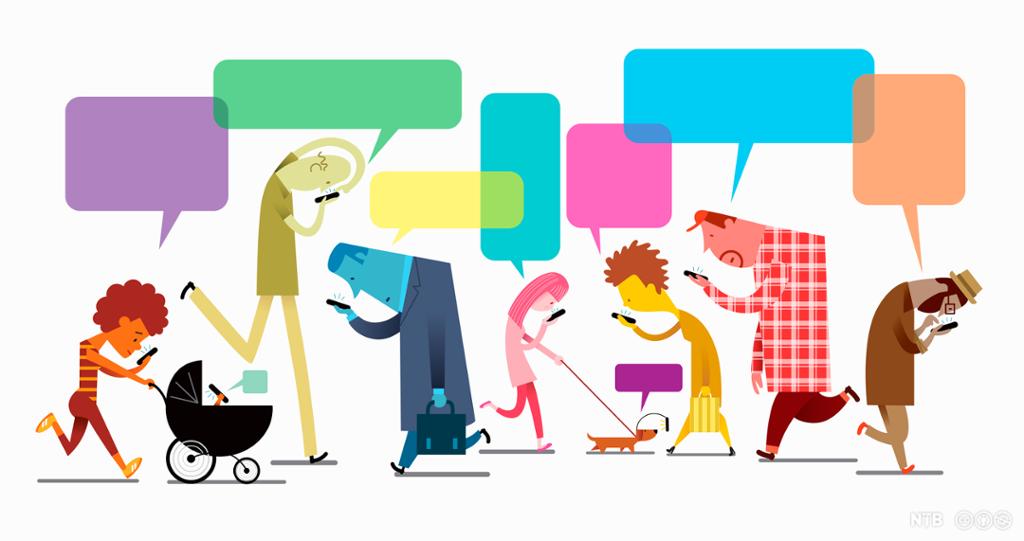Tasks: Clickbait

We may not think about it that way, but every time we use the internet, we are entering a marketplace. Getting us to visit different sites is a way for others to make money. Apart from the revenue that can be gained by selling advertising space, the information we leave behind whenever we use the internet can be collected and sold. Clickbait can also be used to spread malicious files or steal user information. A lot of ingenuity is put into getting us to click on ads, go to new sites, and engage with new material.
Sometimes the wording of clickbait headlines is programmed to adapt to the viewer, which can give some curious results. 'This news made Anne run out of McDonald’s in Røldal', for example. If you are using your computer in Røldal, you are probably fully aware there is no McDonald’s in the village; this reveals that the headline was probably created in the USA, where most towns have one.
Work with a partner or in a group, study the examples of clickbait. Then discuss how each headline attempts to engage the reader.
These seven things harm your health.
Here’s how 45 famous people aged over the years. Number 6… what happened there?
This is what they found inside the new Apple watch.
She didn’t graduate high school, now she is a millionaire.
Neck pain? Here are five exercises that will cure you. Number two will surprise you.
You will never believe how Astrid got an A on all her exams.
One weird trick that will stop you procrastinating.
They didn’t know their son was gay. Then this happened.
Work in a group and discuss the tasks before writing down shared answers.
What characterises clickbait? – Suggest at least three characteristics.
Is clickbait harmful?
Are we able to differentiate between clickbait and other types of headlines?
Work alone, then present your findings in a group.
Use the internet and find four recent examples of clickbait.
Present your examples in a group. Explain what it is about the examples that makes you sure that they are clickbait.
Write clickbait headlines for the following news or magazine stories.
It rained more in Seattle in June than in any previous year since records began.
A Norwegian man who was adopted from Vietnam spent years looking for his parents, and he finally tracked down his birth father in New York. They met for the first time in a Starbucks on 14th Street.
Rita Jones from Glasgow was given an audience with the Queen for her work on modernising British railways. On her way to the ceremony the train stopped, and a bus replacement service had to be used.
A flock of 20 highland cattle have not returned from grazing in the Norwegian mountains.
Influencer Ellinor Bloom accuses influencer Joseph Day of sexism after he said she was too thin and beautiful to post bikini photos of herself under the hashtag #bodypositivity.